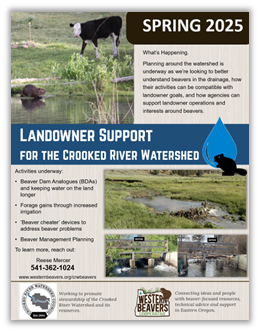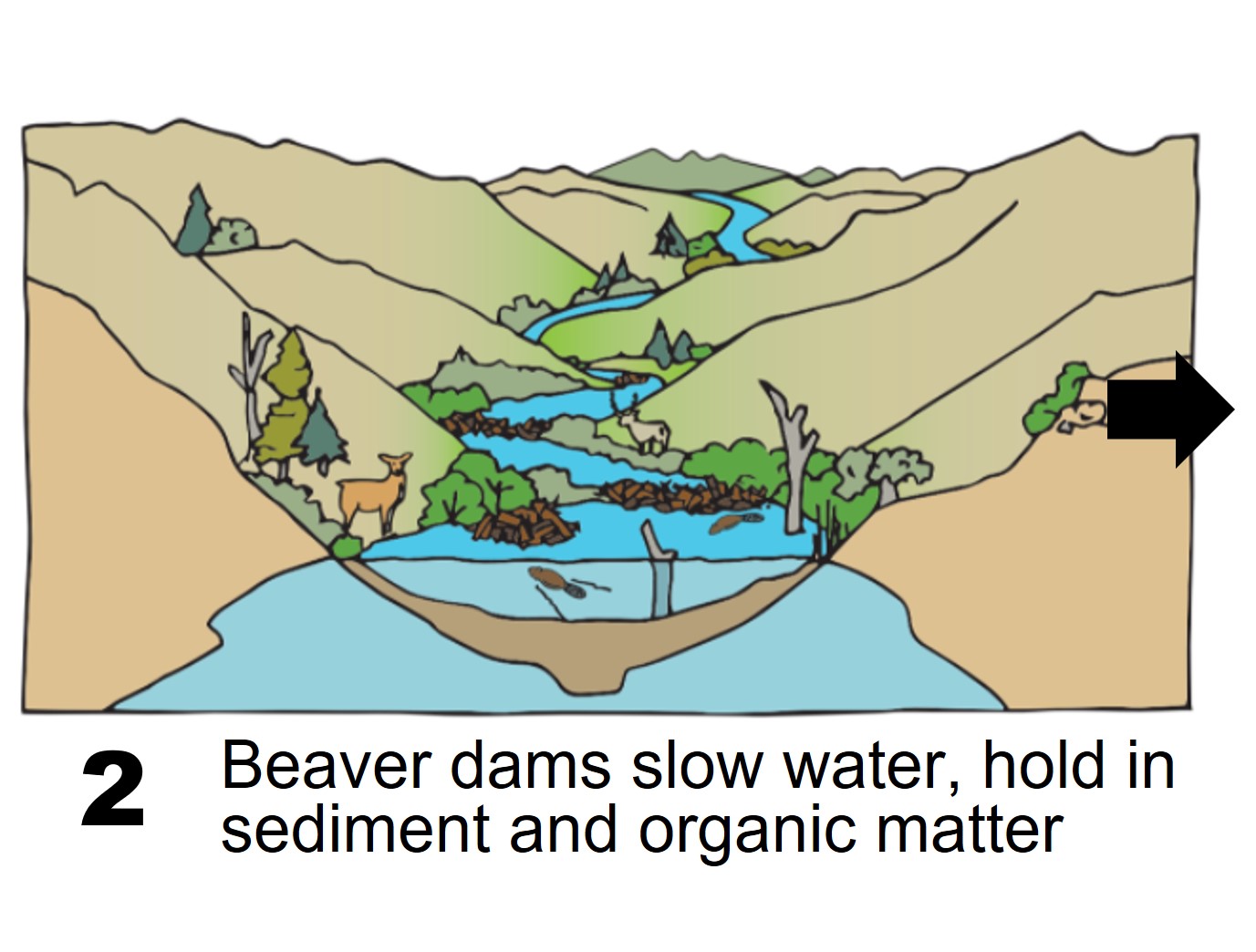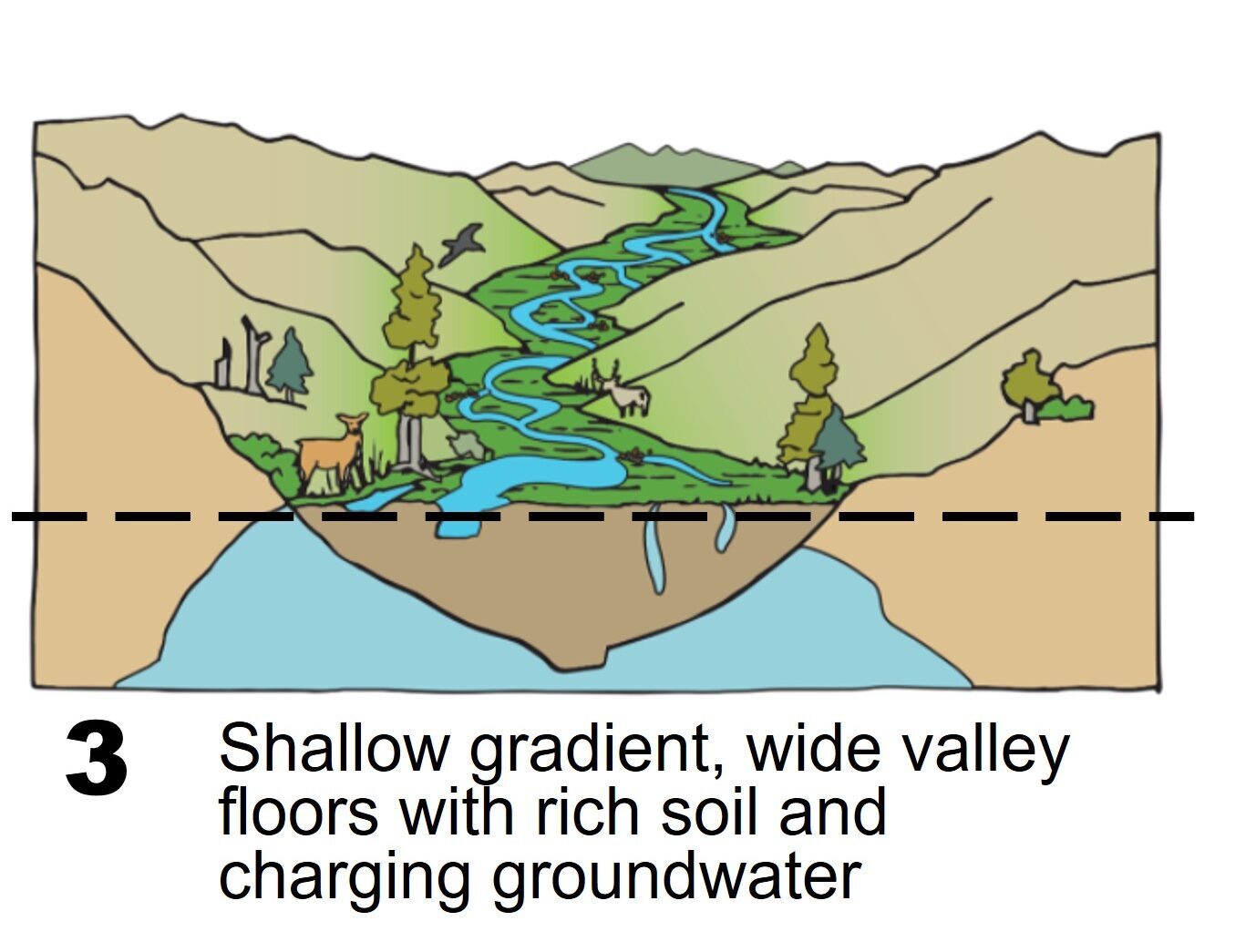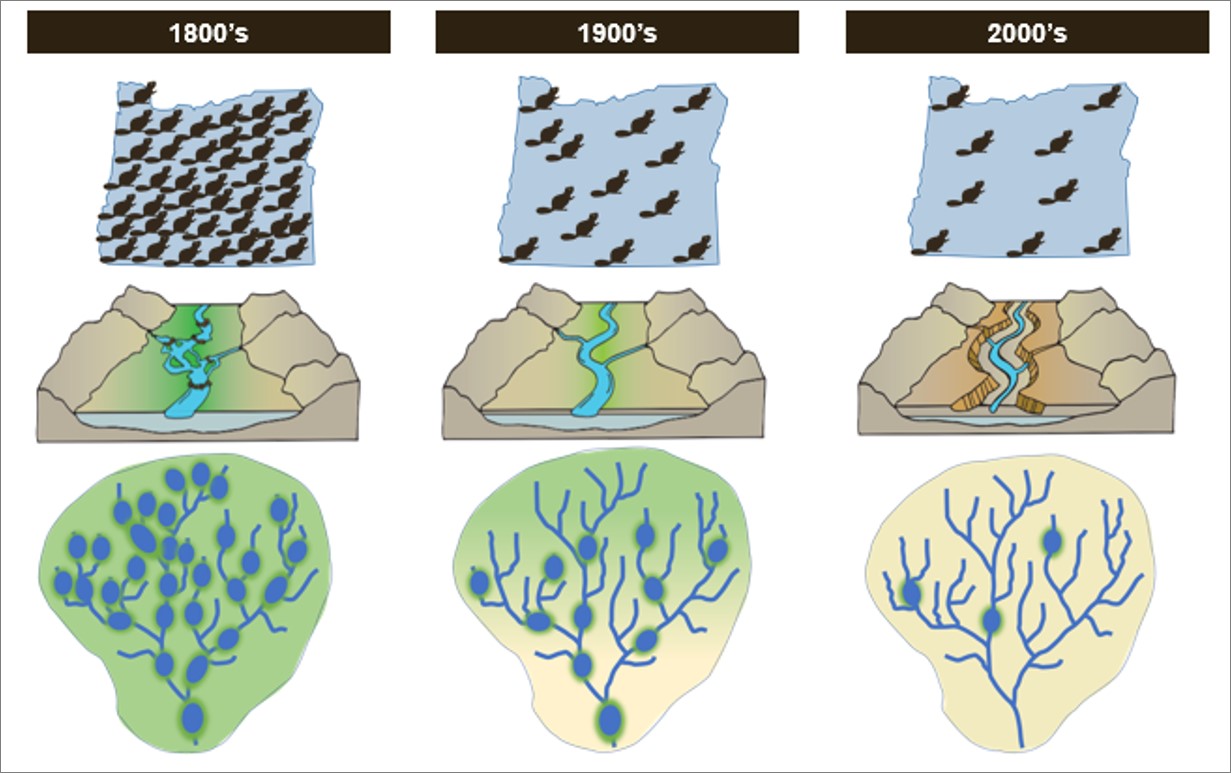What's Happening
Spring and Summer 2025 stream surveys are underway to better understand beaver occupancy in the Crooked River drainage, how beaver activities could be compatible with landowner goals in the basin, and how agencies together might support landowner interests around beavers.
Steps of this work include:
- Property visits around the Crooked River and its tributaries to understand where beavers are currently living and how their current surroundings are supporting or limiting their success.
- Quick surveys of stream sections approximately 1000 feet in length.
- The property visits include trained representatives sections of the creek and making basic observations as we walk upstream.
- Strict guidelines around property access and agricultural operations. Surveys are limited to aquatic and habitat observations along the creek. Visits take 1 to 3 hours in close coordination with landowners.
Why Beavers
It could be said that beavers were the original shapers of the American West. Since early times, this semi-aquatic rodent has been shaping the continent through its activities: slowing waters that flowed through steep, narrow valleys while collecting sediment and organic matter, and charging groundwater. In time, this activity transformed landscapes into the wide, beaver stream valleys that European-American settlers documented in their travels two centuries ago.
Once numbering in the millions within Oregon, 200 years ago beavers were trapped to near extinction. In beavers' absence, the habitat and wetted valleys that beaver had created and maintained — unraveled. Research and landowner experiences suggests that a return of Oregon's original 'landscape shapers" can also return watershed health and resilience.
Beavers around the West
Changing a Landscape to a Lifescape: The Humboldt Ranch
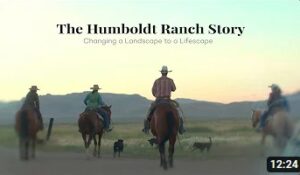 Dixie Creek is a small stream near Elko, Nevada. Changes in livestock grazing practices resulted in the plants that naturally grow along streams to come back which eventually attracted beaver.
Dixie Creek is a small stream near Elko, Nevada. Changes in livestock grazing practices resulted in the plants that naturally grow along streams to come back which eventually attracted beaver.
Creating Miracles in the Desert: Restoring Dixie Creek
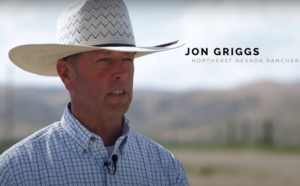 Dixie Creek is a small stream near Elko, Nevada. Changes in livestock grazing practices resulted in the plants that naturally grow along streams to come back which eventually attracted beaver.
Dixie Creek is a small stream near Elko, Nevada. Changes in livestock grazing practices resulted in the plants that naturally grow along streams to come back which eventually attracted beaver.
Beavers and bovine in the Ochocos - grazing allotment
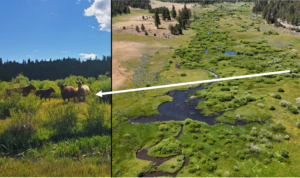 Aerial imagery from Summer 2024 pasture that is flash grazed twice/ year with the rest of the year for beavers who irrigate the pasture further. This meadow stays wet year round even in a D4 drought year.
Aerial imagery from Summer 2024 pasture that is flash grazed twice/ year with the rest of the year for beavers who irrigate the pasture further. This meadow stays wet year round even in a D4 drought year.

